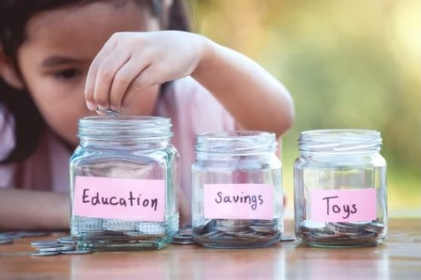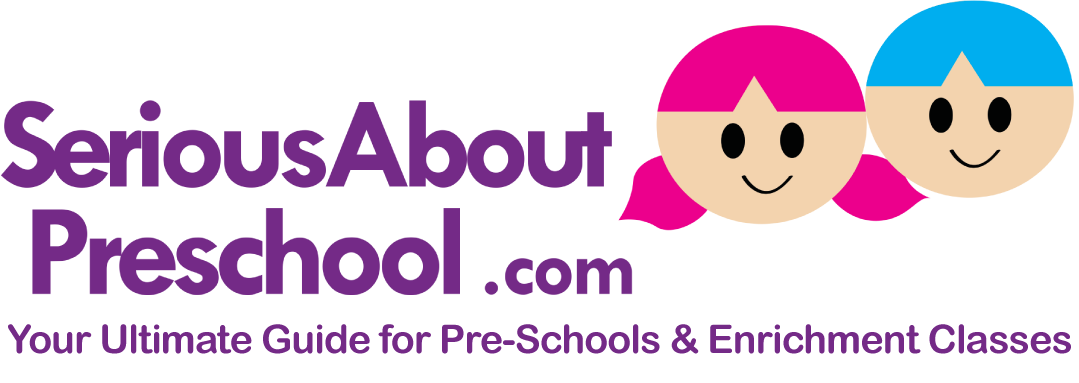Teaching Financial Literacy to Children

Investing in children's financial literacy is an investment in their future.
Five essential tips to help parents and teachers to educate children about money
The value of educating kids about money matters cannot be emphasised in a world where financial decisions take on greater significance. By educating children about money at an early age, we can help them make wise decisions down the road and provide the groundwork for responsible financial conduct. We'll discuss the importance of age-appropriately teaching kids about money in this post, along with five essential tips to help parents and teachers with this important task.
1. Start Early with Basic Money Concepts

It's crucial to introduce financial principles to kids at a young age. Start with basic ideas such as recognizing currencies and their worth. Give concrete examples, such as letting kids help with little purchases at the grocery store. Introduce more abstract ideas like saving and spending gradually as they get comfortable with the tangible parts of money.
2. Teach the Value of Earning

Engage kids in activities that are appropriate for their age to help them grasp the idea of earning money. This could be delegating chores at home or supporting side projects like lemonade stands. Children learn the value of money, a work ethic, and a sense of responsibility when they link labour to earning.
3. Introduce Saving and Goal Setting

A vital component of financial literacy is teaching kids the value of saving. Encourage consistent deposits by setting up a straightforward piggy bank or savings jar. Talk about the concept of setting money aside for both short-term and long-term objectives, such as a special trip or a major purchase and a toy or game, respectively. The benefits of disciplined saving and the idea of postponing gratification are so imparted.
4. Explore Basic Budgeting Concepts

As kids get older, present them with fundamental budgeting ideas in an approachable manner. Assist them in allocating money for sharing, saving, and spending by creating a basic budget for their allowance. Teach kids about priority and prudent financial decision-making by talking about the concept of making decisions within a budget.
5. Use Real-Life Examples and Experiences

By using examples and experiences from real life, financial literacy may be made more approachable. Bring kids to open a savings account at the bank or include them in conversations about the family budget. Children learn important skills through hands-on, everyday financial activities that go beyond academic knowledge and help them relate concepts to real-world situations.
Investing in children's financial literacy is an investment in their future. Through age-appropriate introduction to money concepts and a practical application focus, parents and educators may equip the next generation with the necessary skills to properly navigate the complex world of financial. The acquisition of these fundamental skills not only enhances an individual's financial welfare but also cultivates a societally beneficial sense of financial responsibility.















